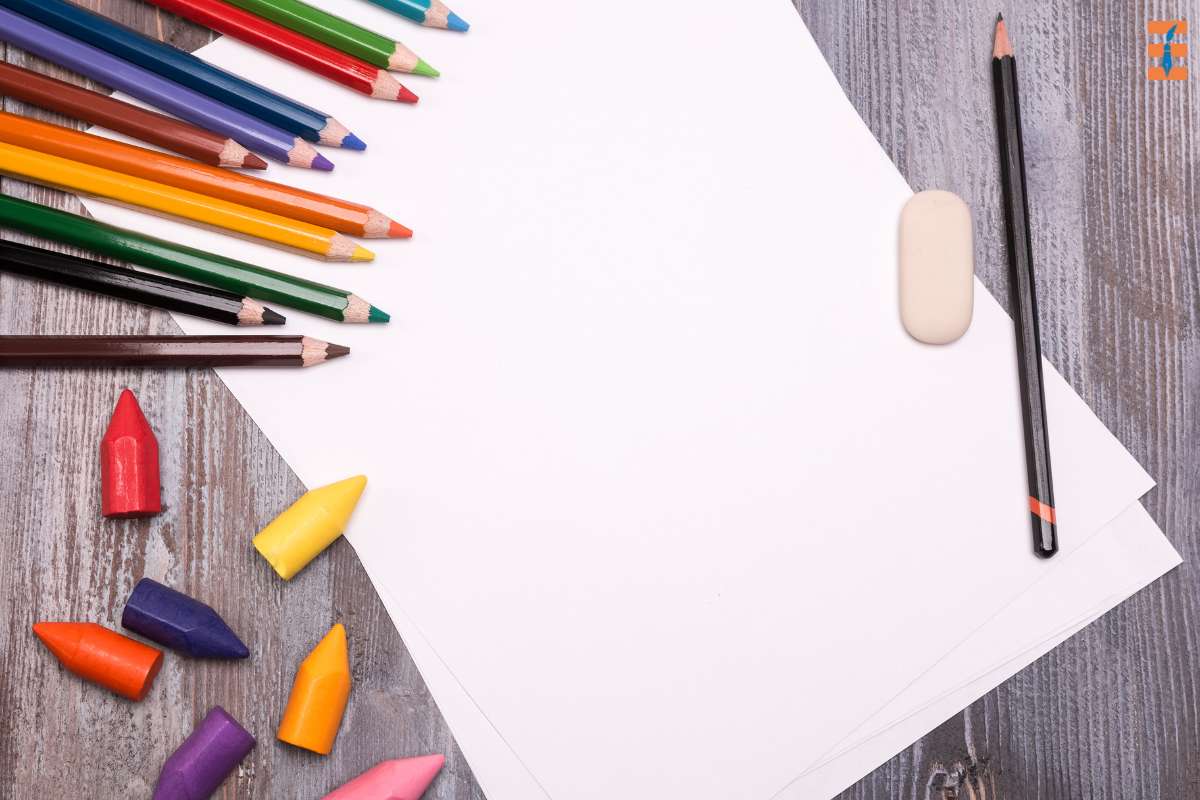The shape of the human hand is perfect for sketching. Effects of drawing on learning is widely acknowledged by academics and professionals (but not artists) as an essential part of the educational and interpersonal processes.
After high school, most of us stopped taking art seriously and stopped trying to improve our sketching abilities. The idea of “drawing as art” was left to trained artists and passionate amateurs.
Here are 12 powerful effects of drawing on learning;
1. Picturing to Understand – A practical case study
As the lead researcher at MIT in 2005, Felice Frankel established a link between sketching and grasping abstract scientific ideas. Despite the fact that her expertise as a Senior Research Fellow was in the physical sciences, she solicited the aid of psychologists and cognitive scientists when she developed the Picturing to Learn project, which required students to sketch out their comprehension of scientific ideas.
Two grants from the National Science Foundation supported the Effects of drawing on learning, which included seminars, occasional collaboration with designers, and the integration of sketching into regular lessons.
2. Drawing should be re-categorized as a symbolic tool
Washington University in St. Louis’ Professor D.B. Dowd’s book Stick Figures carries on the line of reasoning begun by Ms. Frankel. Drawing, if done for the purpose of learning and investigation, may teach humility. The more you learn, the more you realize you don’t know. Aside from that, he claims, “Drawing teaches us slow down, be patient, pay attention…”

Like myself, the excellent Professor Dowd is opposed to the idea of classifying all drawings as “art” and evaluating them according to the quality of the artist’s execution. The “aesthetic cage” that has been built around drawing by institutionalized art criticism over the centuries is too small to accommodate creative expression. “If you take a step back, and define drawing as symbolic mark-making, it’s evident that all human beings draw,” Dowd argues. The term “drawing” encompasses more than just “stick figures.”
3. Doodling itself blocks daydreaming, and is an effective learning aid
The act of free-form doodling itself boosts the doodler’s or listener’s learning capacity, according to a research published in 2009 by Jackie Andrade in Applied Cognitive Psychology and titled “What Does Doodling Do?” Forty people participated in an experiment where a boring phone conversation was arranged. Half of the people on the call were instructed to doodle (complete specified shapes) throughout the conversation. The call’s contents were the subject of a sneaky quiz. The end result? Doodlers’ memory of the call was 29% higher than that of non-doodlers.
Some cognitive scientists suggest that while people are doing monotonous jobs, their brains engage in what they term “selective blockage,” or a “secondary thought process,” such as daydreaming. But if you’re trying to focus on a dull topic, doodling might help you break through that mental barrier. Doodling seems to be a doorstop that keeps ideas coming.
4. A wider view of what’s doable.
Since anything may be drawn, doing so stimulates the imagination and brings forth feelings of liberation and joy. (Please refer to my previous post titled “Why is Art Important?” for further information available to the public on this topic.)
Definitely, it’s uncommon to see a guy sitting in a tulip or a horseshoe crab riding a bike, but when you can construct them out of nothing on a blank page, it sure makes one grin understanding what people can thought up!
5 Developing one’s dexterity with the pencil and paper is a great way to go.
The ability to manipulate objects precisely is a talent that may be honed via practice and development of fine motor abilities. Drawing also improves the link between the eye and the hand.

Drawing also strengthens the hand and finger muscles and improves hand and finger coordination. Children learn to write with their preferred hand and master a proper pencil grip.
6. It helps the Cerebral
When you draw, you use several different parts of your brain. The logical, reasoning side of your brain, the left hemisphere, is involved. The right hemisphere, which is in charge of imaginative and inventive thought, works with it at the same time. So, when you sketch, you’re really helping your brain grow and improve. Effects of drawing on learning that It helps the Cerebral.
7. It helps focus the student attention on words that are thematically related.
Students may better concentrate on words that are connected to a central theme when they illustrate them.
8. Improves Motor skills
Drawing using various tools like pencils, charcoal, and brushes is a great way to hone your dexterity with the finer movements of your hands. This is true even more so for young people. Using their hands to grip and manipulate objects is great for fostering motor skill development. One of the ancillary advantages of sketching is that it improves fine motor abilities, not only in children but also in adults.
9 It improves recall more than writing does.
Due of the great detail and rich context of a picture, it aids recognition more than words. When participants were asked to identify the origin of a drawn recollection, they performed better and more often remembered contextual elements.
10 Observational abilities may be honed via drawing
How we perceive movement, proportion, form, color, and light and shadow in our surroundings is shaped by our ability to draw.
Since all forms can be reduced to these fundamental geometric forms and solids, we train our eyes to see and recognize them in the objects we want to draw.

Effects of drawing on learning also aids in the development of analytical and organizational faculties. It’s useful for building up one’s sense of direction, too.
11. The act of drawing has been shown to enhance memory
When youngsters are encouraged to express themselves creatively, they are better able to learn new concepts, and this benefit persists into adulthood. Because of this, one’s ability to remember and focus is enhanced. Drawing helps persons with dementia and Alzheimer’s disease since it is a cognitively stimulating activity. Effects of drawing on learning to enhance memory.
12. Drawing develops creativity
In addition to its value in the arts, creativity has practical applications in many aspects of life. Successfully navigating life’s challenges becomes second nature to those with a creative mindset because of their comfort with unconventional approaches to these problems. The ability to create, innovate, and invent is a direct result of developing one’s creative thinking.
Bottom Line
Drawing is a powerful method of learning as it helps to remember concepts through images. It is recommended to practice if you are willing to break the stagnation that comes from traditional ways of learning like reading and writing. We have explained the various effects drawing can have on learning in the above article. We believe our efforts helped you to get an idea of the effects of drawing on learning.










